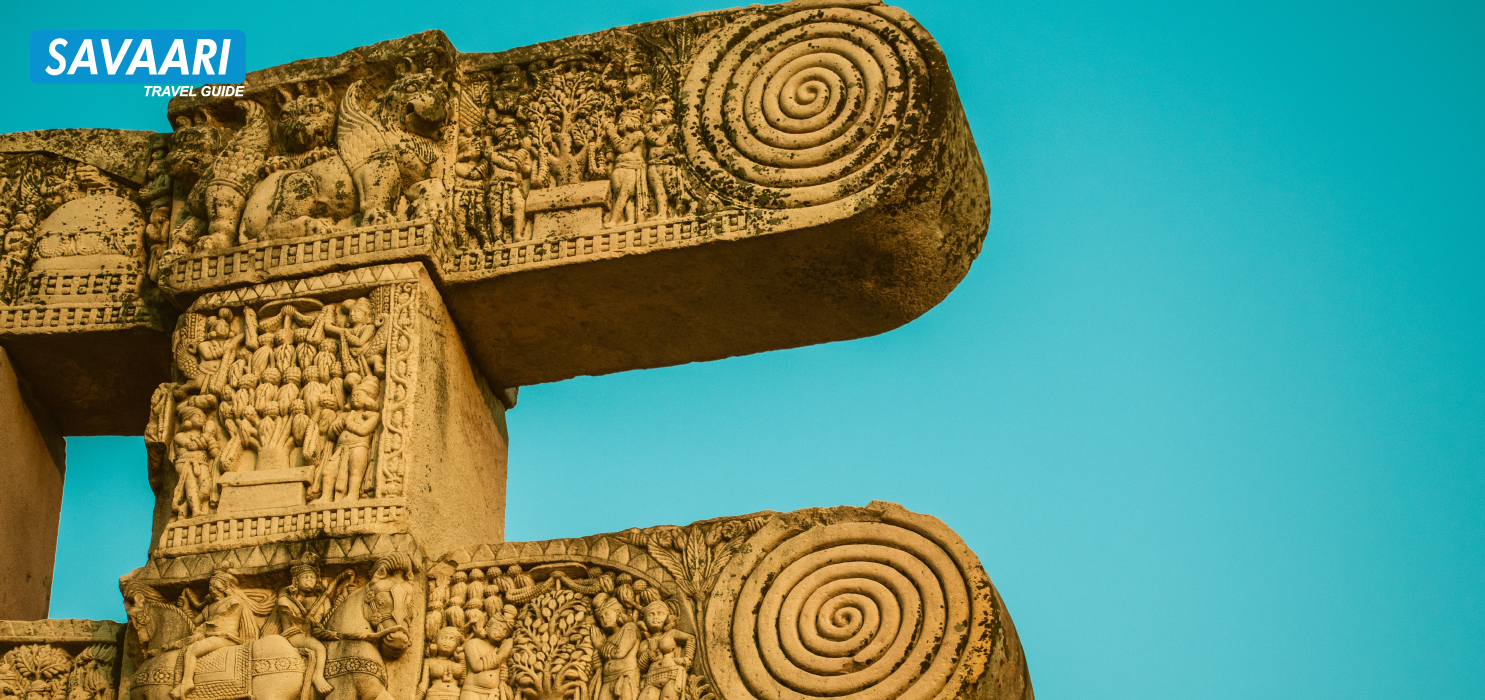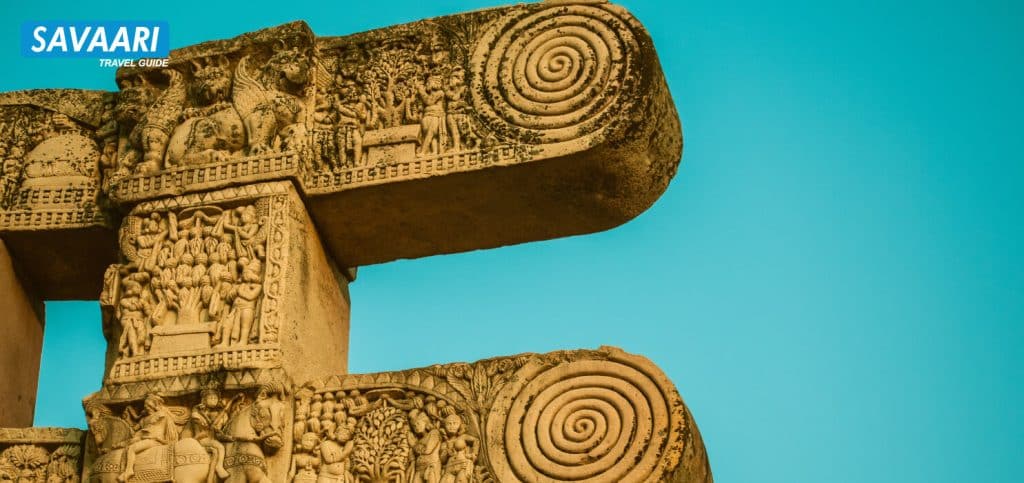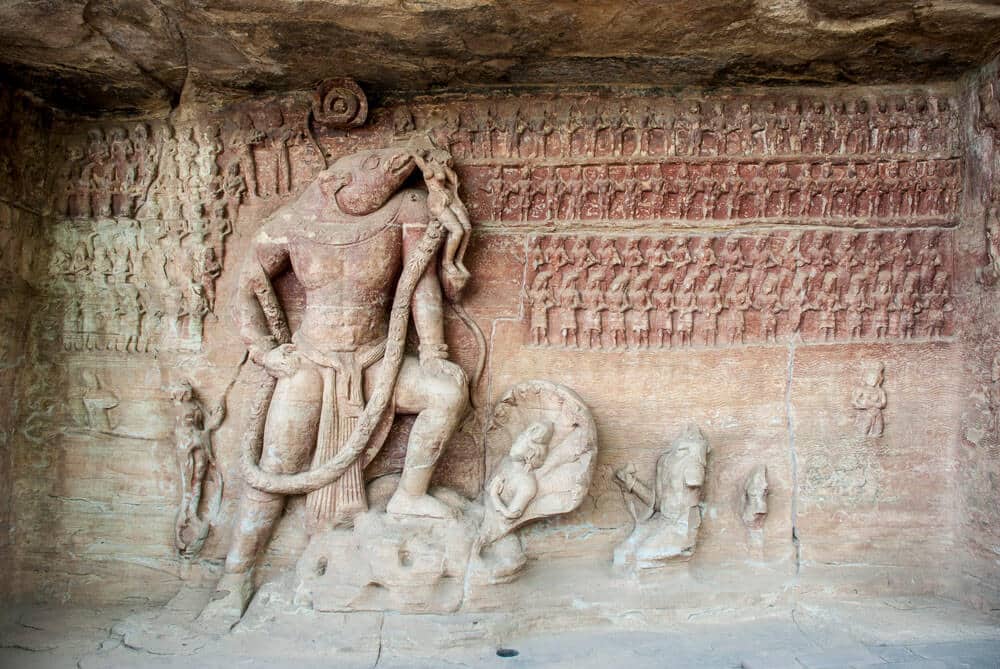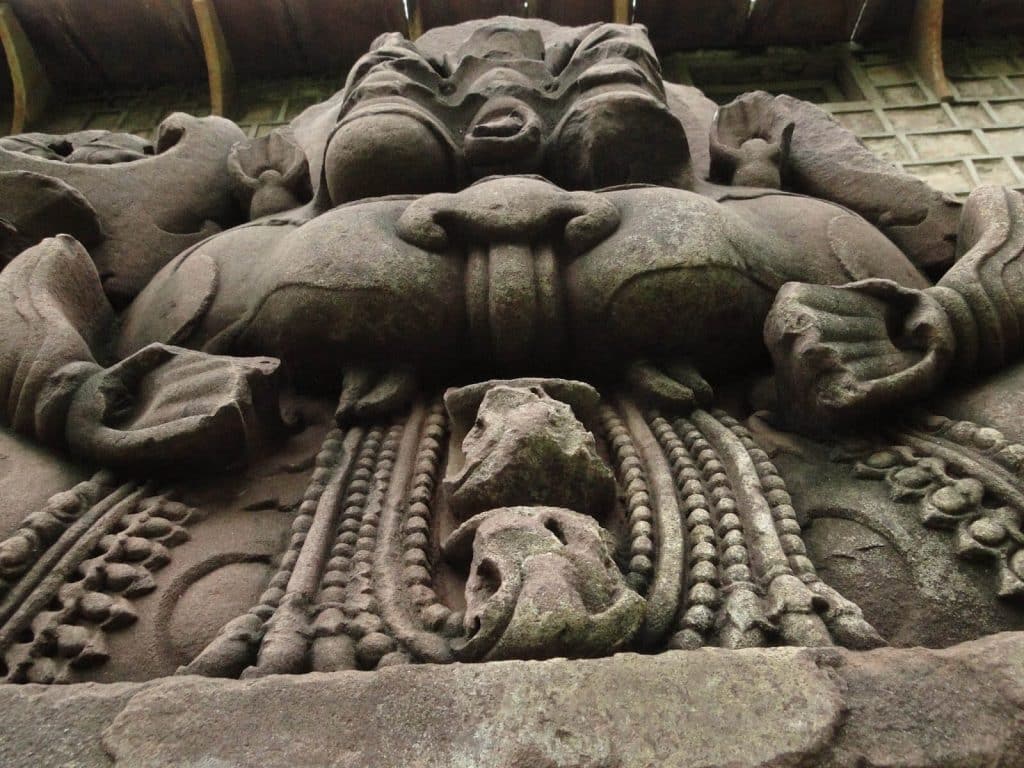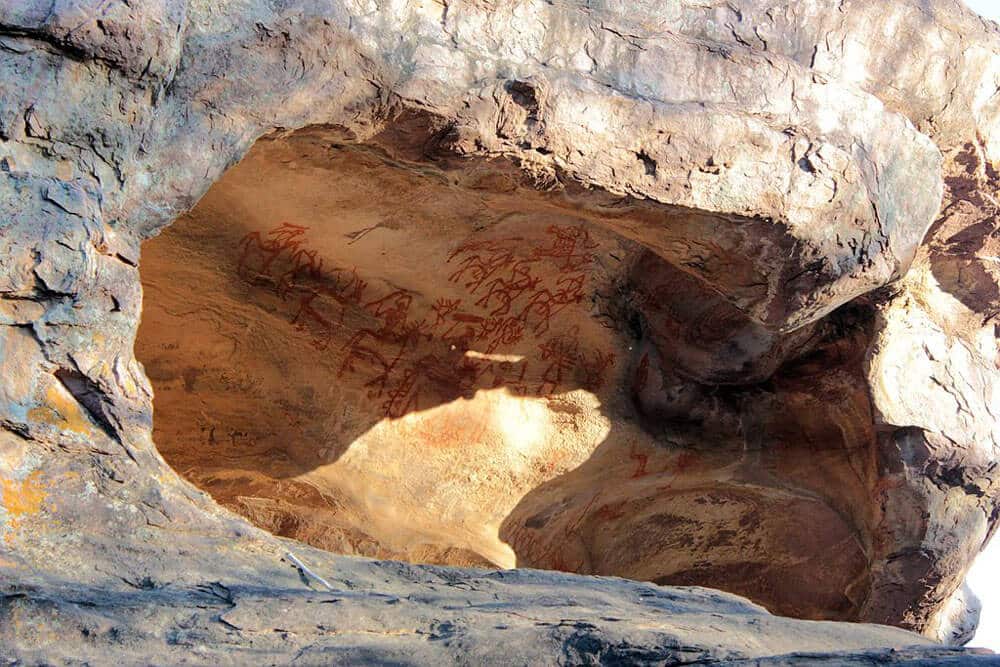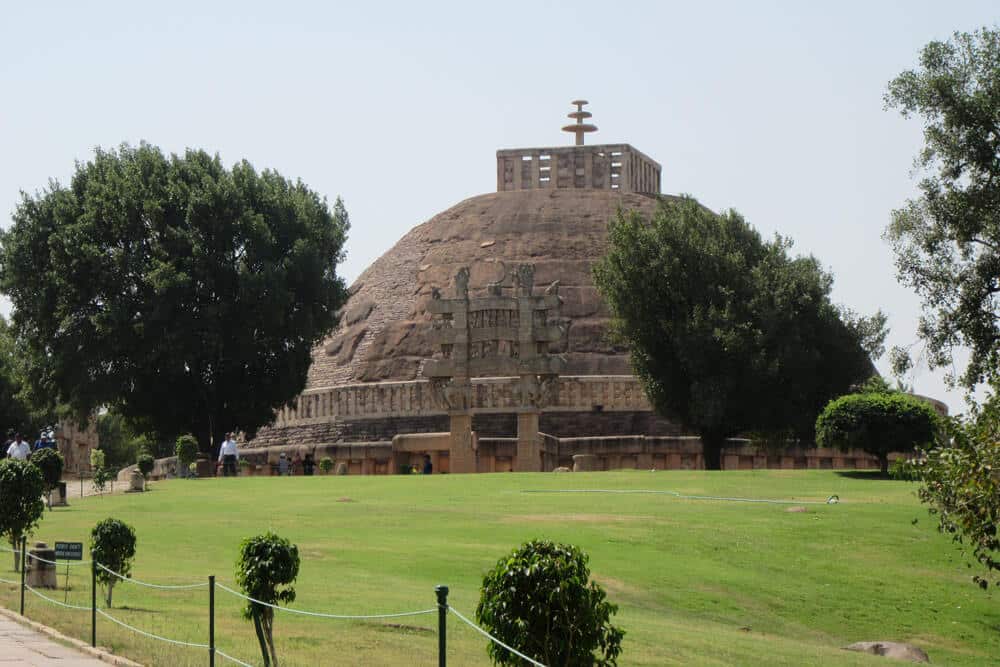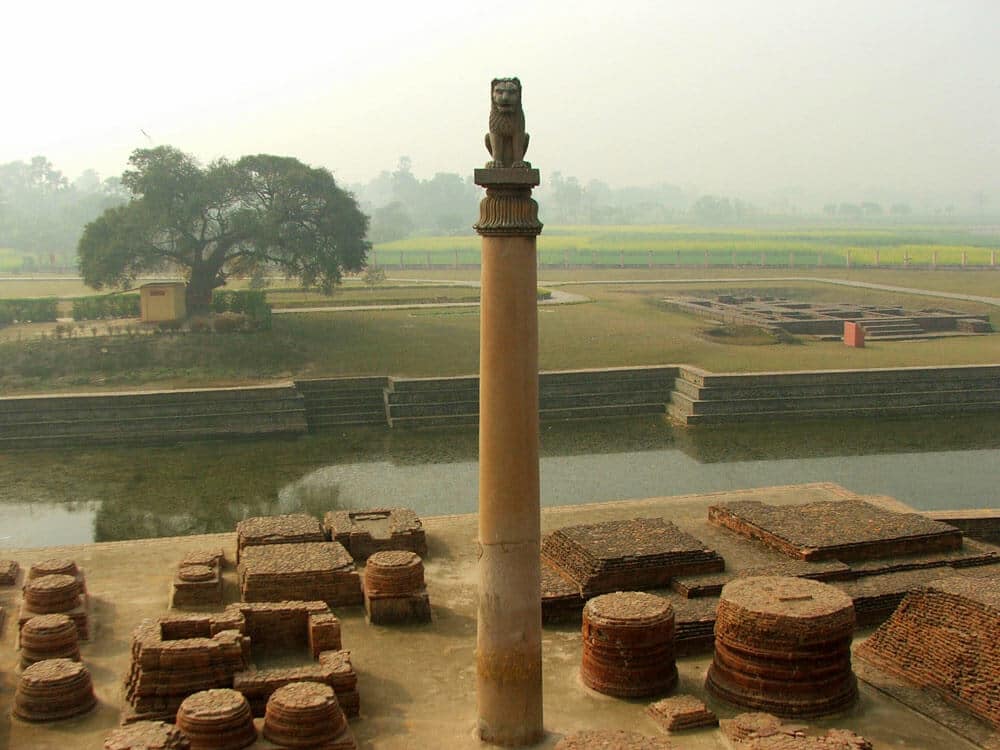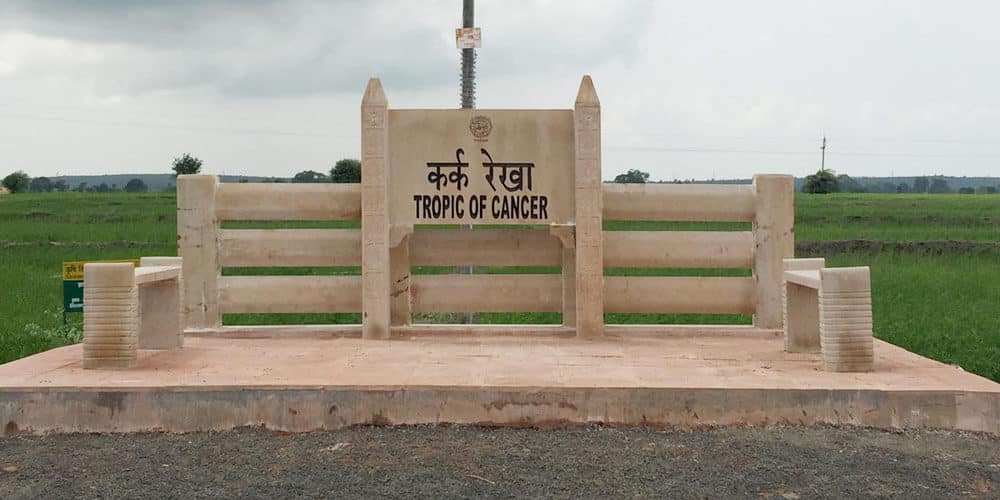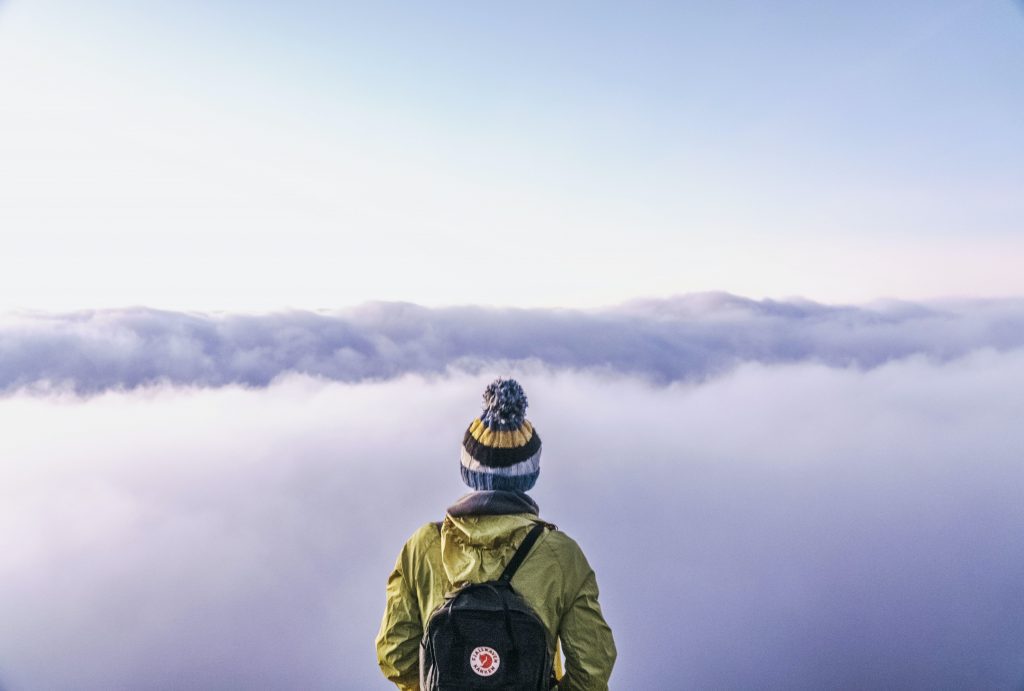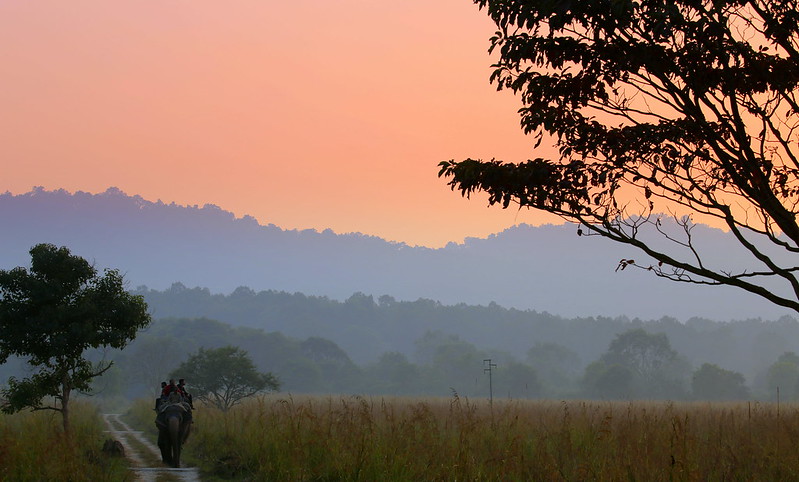The town of Sanchi is located in the Raisen district of Madhya Pradesh, 46 KM northeast of Bhopal and 8 KM southwest of Vidisha. Sanchi is synonymous with the Great Stupa and the Buddhist complex that sits on a hilltop. To conveniently explore the attractions in and around Sanchi, such as the magnificent Sanchi Stupa and other Buddhist structures, it is recommended to consider renting a car in Bhopal. Several car rental services in Bhopal offer options for self-drive or chauffeur-driven cars, allowing you to have the flexibility to visit Sanchi Stupa at your own pace and convenience.
Table of Contents
- Things to do in Sanchi
- More About Sanchi Stupa
- How to Plan a trip to Sanchi Stupa
- Places to stay in Sanchi
Things to Do in Sanchi
Although there aren’t any typical Sanchi tourist places to explore, there are a few interesting things to do and places to visit in Sanchi.
1. Visit the Sanchi Museum
Run by the Archeological Survey of India, the Sanchi museum houses many relics and archaeological findings. These evidence are from Sanchi and neighboring areas, such as vessels, inscriptions, scriptures, etc. used by the Buddhist monks. Most importantly, it houses the Ashoka Pillar and the remains of the Ashoka Edict.
2. Walk around the Four Gateways
The stupa is flanked by four ornate gateways, each with its own significance. The Eastern Gateway, depicts the different stages of Buddha’s life, the Southern depicts relics of Buddha and Ashoka’s role in spreading Buddhism, others showcase both Ashoka and Buddha’s journey from royal to path of enlightenment.
3. Explore the Great Bowl & Buddhist Monasteries
On the way to Stupa 2, the massive bowl-like structure cut sits among ruins and on a stone dais. The monolithic stone bowl is said to have been carved out of a single rock and was used to serve food to the monks. The surrounding monasteries are also worth a visit.
Places to visit in Sanchi
1. Udaygiri Caves
About the Place: The historical cave system is an important archaeological site from the 2nd century BCE. It houses relics of Buddhist and Hindu temples and monasteries inside caves. There are 20 rock-cut caves with shrines, monuments, and water tanks. Out of 20 caves, one is dedicated to Jainism, while others to Hinduism including Vaishnavism, Shaktism, and Shaivism.
Timings: 9AM to 5PM
Entry Fee: Rs 15 (additional Rs 25 for camera)
Best time to visit: October to March
How to reach from Sanchi: The cave system is located at a distance of 7 km from Vidisha, and 10 km from Sanchi Railway Station. You can book a cab from the station or rent a car for the day to explore the caves.
2. Bija Mandal
About the Place: The Brahmanical temple is dedicated to the local Goddess Charchika or Vijaya. An 11th century temple, the enormous stone structure was commissioned by the Parmara King Naravarman. The structure stands incomplete because the construction was never finished and during the reign of Aurangzeb, he ordered the temple to be demolished. However, even at its current state, the structure boasts full columns with ornate stone carvings on the pillars.
Timings: 10AM to 5PM, closed on Sundays
Entry Fee: Free
Best time to visit: NA
How to reach from Sanchi: The site is located at a distance of 9km from Sanchi Railway Station. You can book a cab from the station or rent a car to visit the site.
3. Bimbetka Caves
About the Place: The natural cave system and sandstone rock shelters sit at 97 KM from Sanchi railway station, inside the Ratapani Wildlife Sanctuary. The site boasts 700 shelters with cave paintings, and is an important historical and cultural evidence of native tribal heritage.
Timings: 7AM to 6PM
Entry Fee: Rs. 25, Rs. 100 for 2-Wheelers, Rs. 300 for Cars
Best time to visit: July to March
How to reach from Sanchi: You can take a bus from Sanchi to Bhopal and then a cab from the station or rent a car to visit the site.
Places to visit near Sanchi
Bhimbetka
Situated approximately 57 kilometers from Sanchi, Bhimbetka is renowned for its ancient rock shelters and cave paintings. The site showcases prehistoric art dating back thousands of years, offering valuable insights into early human civilization and artistic expressions.
Gwalior
Gwalior is a historically rich city known for its majestic Gwalior Fort, which offers panoramic views of the city. You can also visit attractions like the Jai Vilas Palace, Saas Bahu Temple, and the Tomb of Tansen. The city’s vibrant culture and music scene add to its charm.
Mandu
Mandu, also known as the “City of Joy,” is a historical city famous for its architectural marvels. Explore attractions such as Jahaz Mahal, Hindola Mahal, and Rani Roopmati Pavilion. The city’s picturesque surroundings and romantic legends make it a popular destination for a peaceful getaway.
Chanderi
Chanderi is a historic town known for its medieval forts, palaces and intricately woven Chanderi sarees. Explore attractions such as Chanderi Fort, Koshak Mahal, and Jama Masjid. Don’t miss visiting the renowned Chanderi Handloom Weaving Centre to witness the traditional art of weaving.
Pachmarhi
Pachmarhi is a hill station nestled in the Satpura Range, known for its scenic beauty and waterfalls. Explore attractions like Jata Shankar Cave, Bee Falls, Pandava Caves, and Dhoopgarh, the highest point in Madhya Pradesh. The lush greenery and tranquil atmosphere make it a perfect nature retreat.
Places to Eat in Sanchi
- Gateway Cafeteria
- Bapu Ki Kutiya
- Gateway Retreat Restaurant
- Jagirdaar Dhaba & Restaurant
- Sanghamitra Retreat
- Hotel Sanchi King & Restaurant
More About Sanchi Stupa
Sanchi History
The Sanchi Stupa is an ancient historical structure and is the center of a region comprising Satdhara, Bhojpur, and Sonari, with several such stupas in and around the town of Sanchi. But it is the Great Stupa and the first one that Sanchi is famous for and is the most noteworthy of the region.
The Sanchi Stupa was built by Emperor Ashoka in the 3rd century BC and remains one of the oldest stone structures found in the country. The Sanchi stupa is an example of classic Indian stone architecture and a significant monument that depicts ancient Indian art. The Great Stupa or Stupa 1 was commissioned by Ashoka and was half the size of what it is today.
It was built with large bricks and mud mortar. It is said to have raised terraces at the base, enclosed by a wooden railing and crowned by a stone umbrella. Later, in the 1st century BC, 50 years after his death, during the Sanga period, the stupa was enlarged using sandstone and the carved gateways were added to build it to what it is today.
[Also Read: Explore Madhya Pradesh]
The architecture of Sanchi Stupa
The height of the Sanchi Stupa is 54 feet and the width is 120 feet. The Sanchi stupa architecture is a signature of the Gupta dynasty’s heritage and also a precursor to later Indian architectural forms.
The main hemispherical body of the stupa represents the cosmic mountain. It is topped by a three-layered umbrella-like structure or “chhatraveli” to represent the three jewels of Buddhism – Buddha, Dharma and the Sangha. The base of the stupa, at the ground level, is surrounded by stone balustrades. The dome is said to enshrine the relics of Buddha inside the Sanchi stupa.
The detailed stone carvings depicting Buddhist motifs, symbols, historical and religious scenes are some of the distinguishing architectural features of Sanchi stupa.
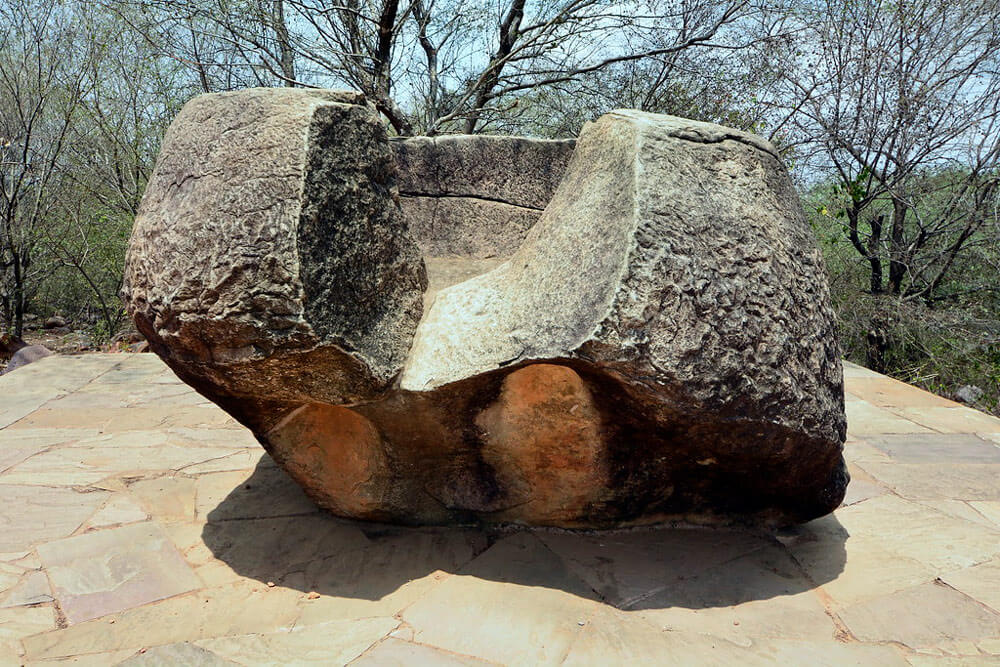
The pillars that flank the stupa are the main highlight of the structure and also hold great significance. The main Ashoka pillars, situated on one of the four cardinal gateways, are an integral part of the Indian cultural/art heritage. It consists of four lions, supporting a wheel of law. The pillar also has the Ashokan edict, and an ornamental inscription in Sankha Lipi – a script from the Gupta period.
Hidden Facts about Sanchi Stupa
Here are a few interesting Sanchi stupa facts –
- Ashoka’s wife Devi was born in Sanchi, and this site was also the place of their wedding.
- The Ashoka Pillar with four lions guarding a wheel is an identifying emblem of the Indian government.
- Few Indian currency notes like Rs 200, Rs 50, and some earlier notes use the Sanchi stupa to signify the country’s cultural heritage.
- The Stupa was not discovered and made public until the 14th century.
- Although dedicated to him and his path of life, Buddha himself never visited Sanchi personally.
- Originally, there were 84000 stupas said to have been built in this region spanning other neighbouring towns but now only a few in Sanchi are what remain.
[Also Read: Khajuraho Group of Monuments – The Complete Travel Guide]
Sanchi Stupa UNESCO World Heritage Site
The importance of Sanchi stupa has given it an iconic status as a historical landmark. Anything of such value is a World Heritage Site. For the Sanchi Stupa, the edifice is an integral aspect of Indian history. Hence, the Sanchi Stupa was designated as a UNESCO World Heritage Site in 1989. It is one of the primary Buddhist sites and one of the oldest architectural structures in the country and an important landmark of Buddhism in India. The entire site is living proof of India’s artistic history.
How to Plan a Trip to Sanchi Stupa
How to Reach Sanchi Stupa
By Train
Sanchi Railway Station is the nearest rail station, 1.5 KM from the historical site. The major railway junction is at Bhopal. There are several daily and weekly trains from Delhi, Kolkata, Mumbai, Ahmedabad, Gwalior, Jhansi etc. and other major cities and states to Bhopal.
By Road
Sanchi is well-connected via NH 86 to all major cities and towns in Madhya Pradesh and neighbouring states. There are a host of private and state-run buses from Bhopal, Indore, Jhansi, Gwalior etc. You can also avail of a rental car or book a taxi from anywhere in Madhya Pradesh to reach Sanchi.
By Flight
Sanchi is served by Raja Bhoj Airport, located in Bhopal, 55 KM from the site. There are several regular flights connecting Sanchi to major cities like Delhi, Mumbai, Ahmedabad, Hyderabad, Bangalore, Raipur, Shirdi, Jaipur etc. You can book a Bhopal airport taxi or rent a car to reach Sanchi.
Best Time to Visit Sanchi
Being in the centre of the Deccan Plateau, Sanchi experiences a hot and arid climate for most parts of the year. Summers are harsh with extremely dry heat and winters are cold and chilly. The best time to explore the historical and outdoor sites are in the colder months when the temperatures are conducive. The place also gets some rains during the monsoon, between July and September when the weather is also quite cool. You can also visit during the rainy season provided the rainfall is not heavy.
Places to stay in Sanchi
To make your Sanchi experience complete, here are some of the best places to stay in Sanchi and enjoy a comfortable vacation –
- Aaram Bagh Sanchi
- Aami Valley Resort Bhopal
- Hotel Tirupati Palace
- Gateway Retreat
- Hotel Sambodhi
Download our Savaari car Booking app for a smooth and pleasant journey.
Last Updated on February 2, 2024 by Swati Deol
